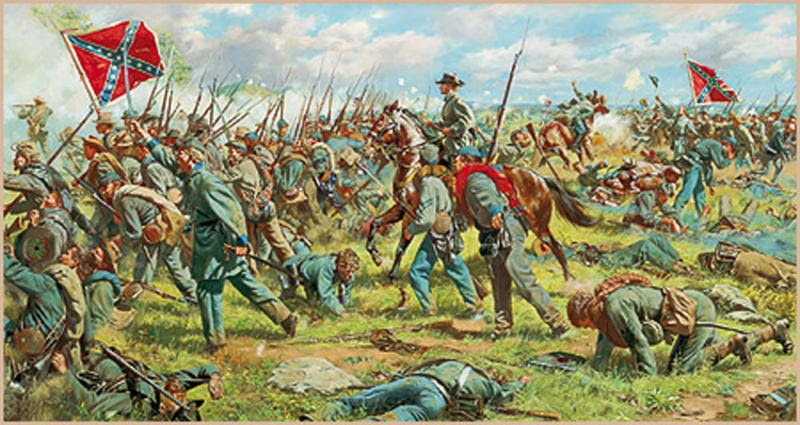
Posted on 07/03/2022 12:41:45 PM PDT by Perseverando

Washington, D.C., was in a panic! 72,000 Confederate troops were just sixty miles away near Gettysburg, Pennsylvania.
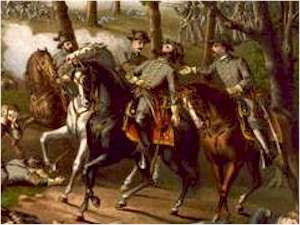
What led up to this Battle? Two months before, at the Battle of Chancellorsville, Confederate General Stonewall Jackson was mistakenly shot by his own men on May 2, 1863, and died shortly thereafter.

Though Confederates won the Battle of Chancellorsville, the loss of Jackson was devastating, as most historians speculate that had Jackson been at Gettysburg two month later, the South may have won. Robert E. Lee was now under a time deadline.
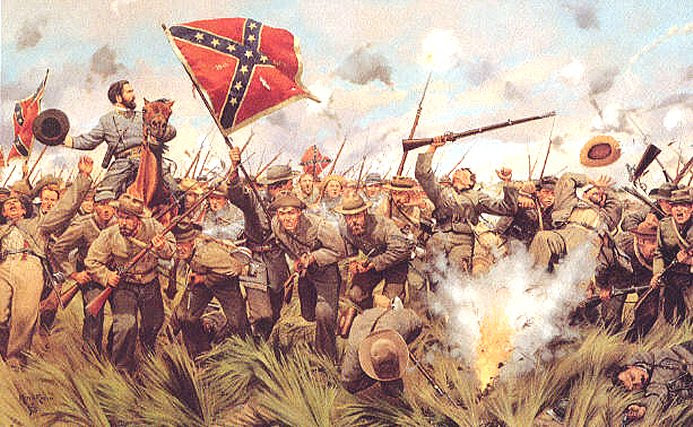
Mounting casualties of the war were causing Lincoln's popularity to fall, so if Lee could get a quick victory at Gettysburg, he could pressure Lincoln to a truce.
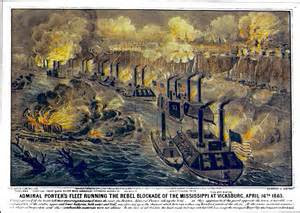
But this window of opportunity was fast closing, as Union Gen. Ulysses S. Grant was about to capture Vicksburg on the Mississippi, which would divide the Confederacy and free up thousands of Union troops to fight Lee in the east.
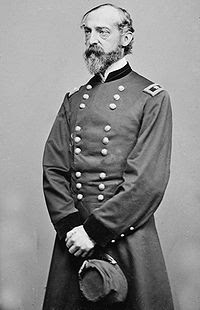
On the Union side, Lincoln replaced Maj. Gen. Joseph Hooker with Maj. Gen. George Meade to command the 94,000 men of the Union Army of the Potomac.

The Battle of Gettysburg began July 1, 1863. The Confederate army was at a disadvantage as its cavalry was not present the first two days of the battle. Confederate J.E.B. Stuart and 5,000 mounted soldiers were supposed to attack the Union rear and quickly return, but they were caught up fighting the Union cavalry led by George Armstrong Custer.
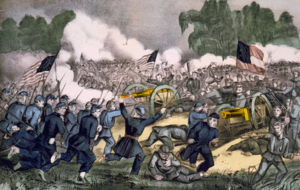
After two days of intense combat, with ammunition running low, General Robert E. Lee ordered a direct attack.

(Excerpt) Read more at americanminute.com ...
Course I meant largest and longest bombardment up until that time. You can’t judge the past by the future. I don’t think the length of fuse has anything to do with the length of trajectory of the ball. If the ball lands where is supposed to the fact that it blows up 15 seconds later it’s not nearly as big a deal as missing the target by 100 yards.
Not balls, spherical case shot. These were timed fused projectiles that would go a specific distance then explode.The range of a spherical case shot was determined by how long the fuse was cut. The range tables in the limbers of the ANV artillery were based on fuse performance of Richmond arsenal fuses. The Selma arsenal fuses did not perform as the Richmond arsenal fuses did. that is why, at Gettysburg, it seemed that the Confederate artillery overshot their targets.
Disclaimer: Opinions posted on Free Republic are those of the individual posters and do not necessarily represent the opinion of Free Republic or its management. All materials posted herein are protected by copyright law and the exemption for fair use of copyrighted works.